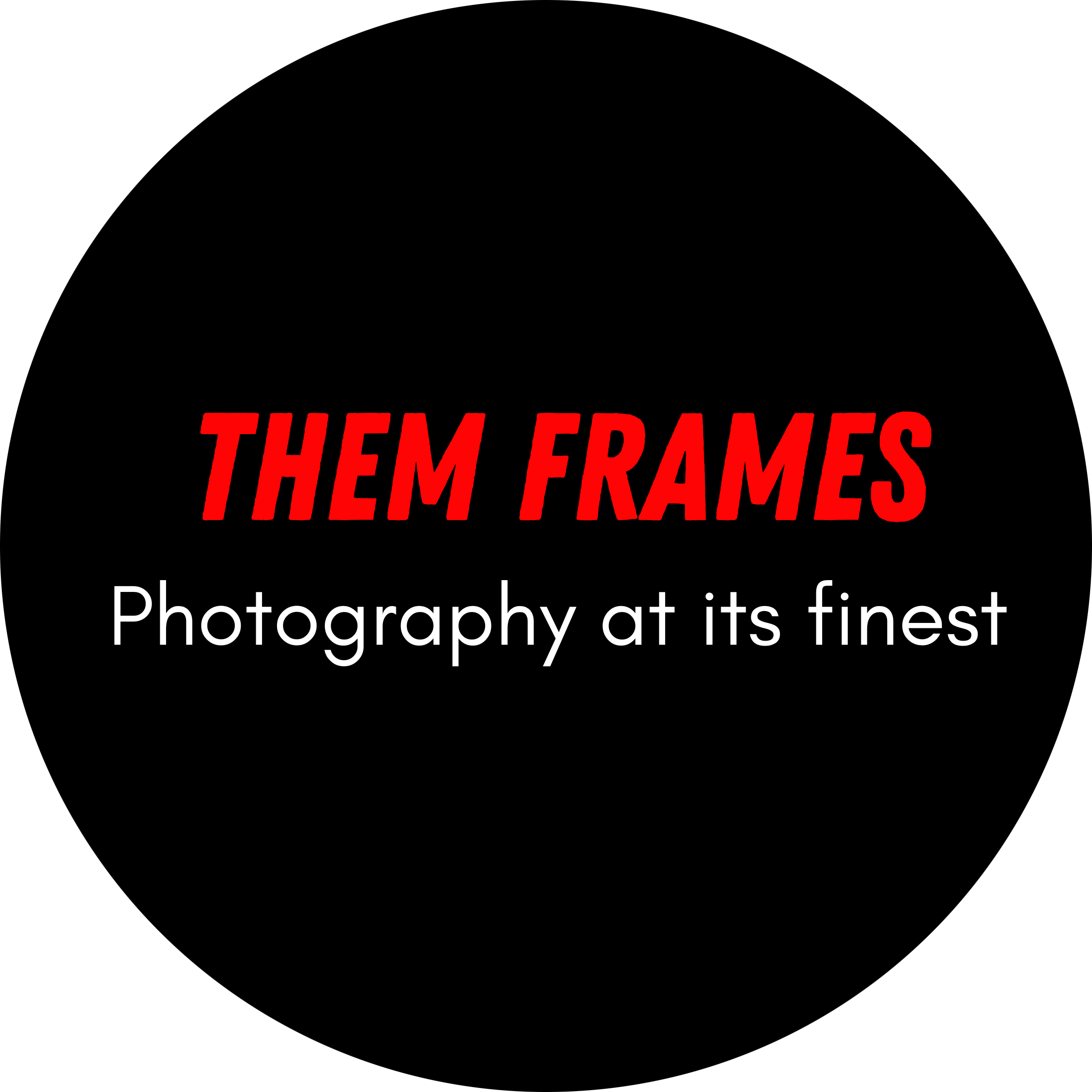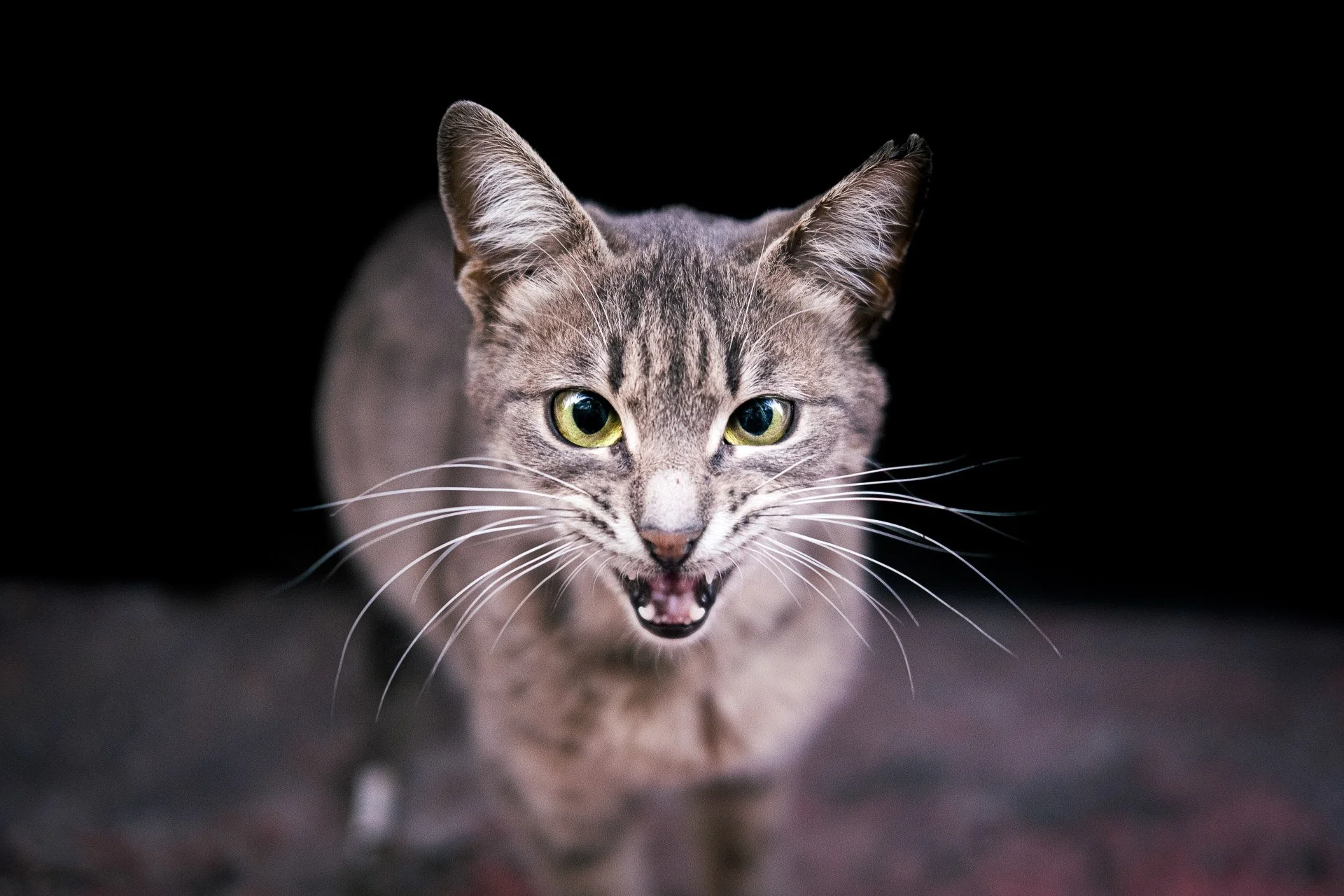
Creating cat photography brings tremendous joy, especially if you adore feline companions. However, photographing cats can challenge even experienced photographers, as cats respond unpredictably to human approaches. Having created cat portraits worldwide, I’m sharing my favorite techniques to help you capture stunning kitty images.
Key Takeaways
-
Build trust with cats by approaching slowly, crouching down, and using soft tones rather than rushing in with your camera.
-
Capture cats during natural behaviors like yawning, fixating on objects, sleeping, and stretching to create compelling and dynamic photographs.
-
Use natural lighting for cat photography as it intimidates cats less than flash and offers more flexibility than studio setups.
The Challenges of Cat Photography
The unpredictable nature of our feline friends makes cat photography particularly challenging. Sometimes they refuse to gaze into your lens, approach too closely, or simply walk away. Some cats even scratch photographers who innocently enter their territory.
These problems will never disappear completely. However, the best cat photographers know how to manage these challenges effectively.
Am I among the best? I’ll let you decide. While visiting the best cities for street photography, I have dedicated seven years to cat photography, capturing feline subjects in countries around the world. Here’s what I’ve learned about creating exceptional cat photographs.

Cat Photography: Don’t Rush In
When you spot a cute cat, resist the temptation to rush over and start photographing immediately. This approach typically causes cats to flee because you haven’t allowed them to verify you pose no threat.
Instead, begin interacting with the cat from around 12 feet away. Crouch down and observe how the cat responds. They might approach for a sniff or observe you from a distance. Once they appear comfortable with your presence, you can begin photographing.
Speak in soft tones as well. While “cat speak” might feel awkward, a gentle voice helps gain their trust. Loud or abrasive tones will result in missed photographic opportunities.

Cat Photography: Use a Remote Shutter App
If you place your camera near cats without you being physically close to them, their curiosity will eventually draw them to investigate the device.
Fortunately, most camera manufacturers offer apps that allow you to control your camera with your smartphone and preview what your sensor will capture. When the cat approaches, take shots remotely and enjoy the results.
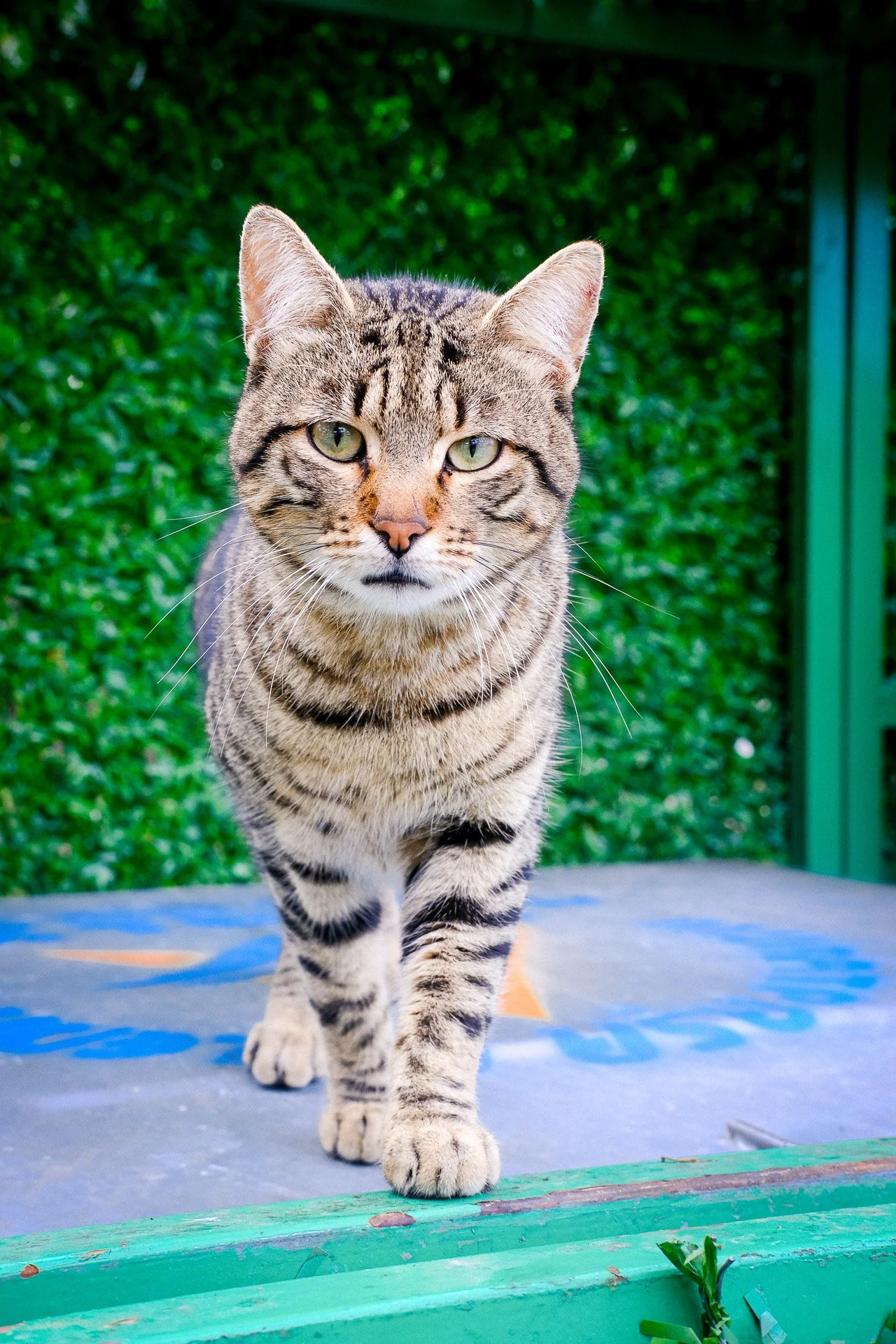
Cat Photography: Embrace the Yawn
While yawns flatter few humans, they create compelling cat portraits. The feline family’s famous “rawrrrr” looks particularly striking in domestic cats, especially because we associate the rawr with much larger cats. Capturing a cat mid-yawn helps create humorous and engaging photographs, so give it a go.

Cat Photography: Catch Them Fixated
When something captures a cat’s attention, they stare intensely for extended periods. This behavior creates excellent portrait opportunities, producing the “gazing into empty space” look that photographers love in human street portrait photography.

Cat Photography: Catch Them Sleeping
Though photographing “you while you sleep” is more often than not creepy, sleeping cats make adorable subjects. Seeing them curled up in makeshift nests creates charming images. I particularly enjoy photographing cats sleeping in natural environments like bushes or among flowers, as these settings create more scenic compositions.

Cat Photography: Photograph Them Stretching
Cats stretch frequently and elegantly. Like yoga photography, capturing a stretching cat creates dynamic images filled with dynamic shapes and energy. Because their bodies move constantly, keep some distance to ensure you don’t cut off any limbs. You can crop the image later in Lightroom or your preferred Lightroom alternative.
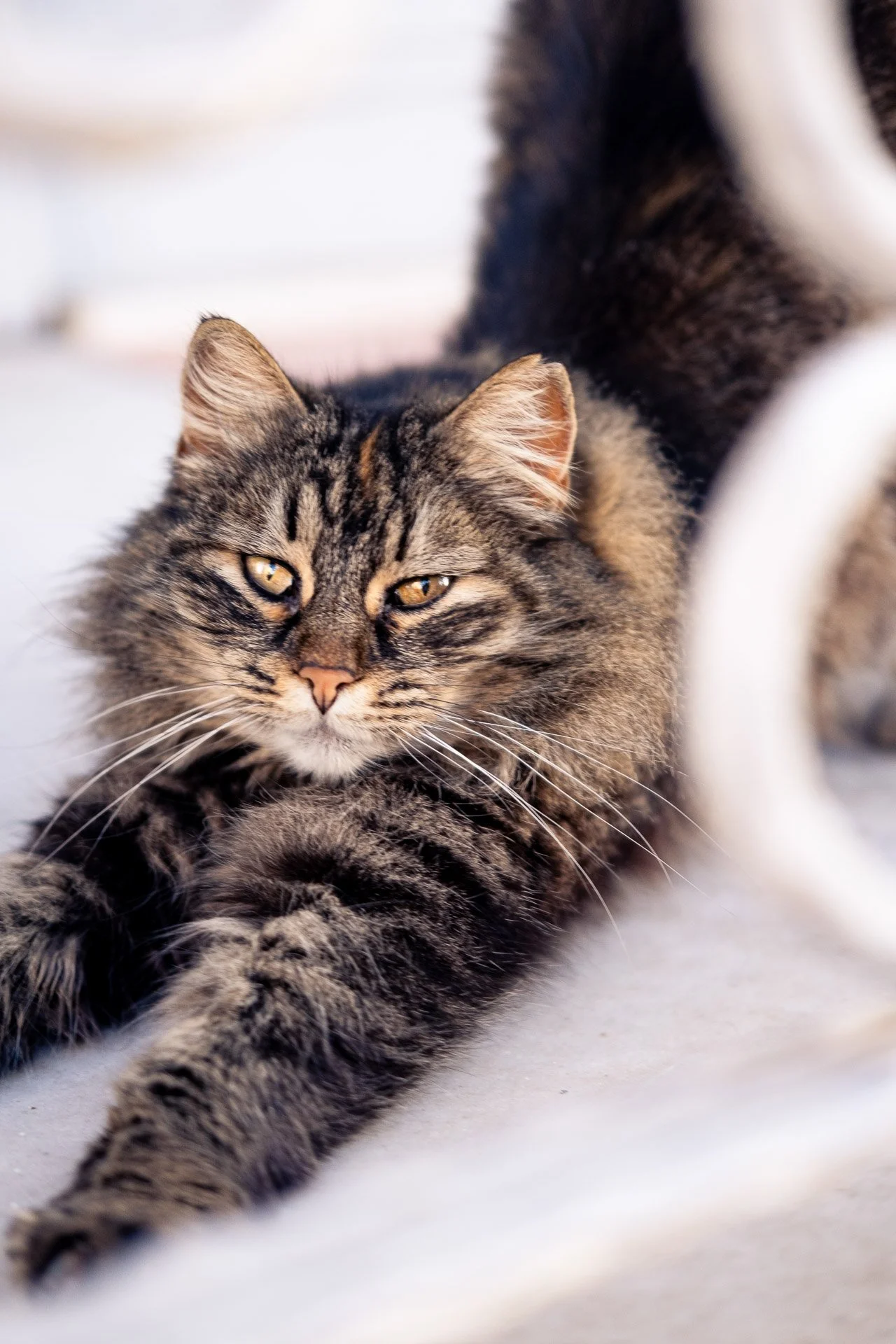
How to Light Your Subjects
Lighting cat portraits presents challenges similar to convincing cats to cooperate with your photographic vision. You have three main lighting options:
-
Natural light
-
On-camera flash
-
Fixed studio lighting
I primarily work outdoors and rely on natural lighting. I seek soft light with pockets of brightness that illuminate the subject while darkening surrounding areas.

I have experimented with on-camera flash, which creates interesting street-style shots. However, we cannot determine how flash affects our feline subjects. When using flash, I opt for low power and maintain distance to avoid startling the cat.
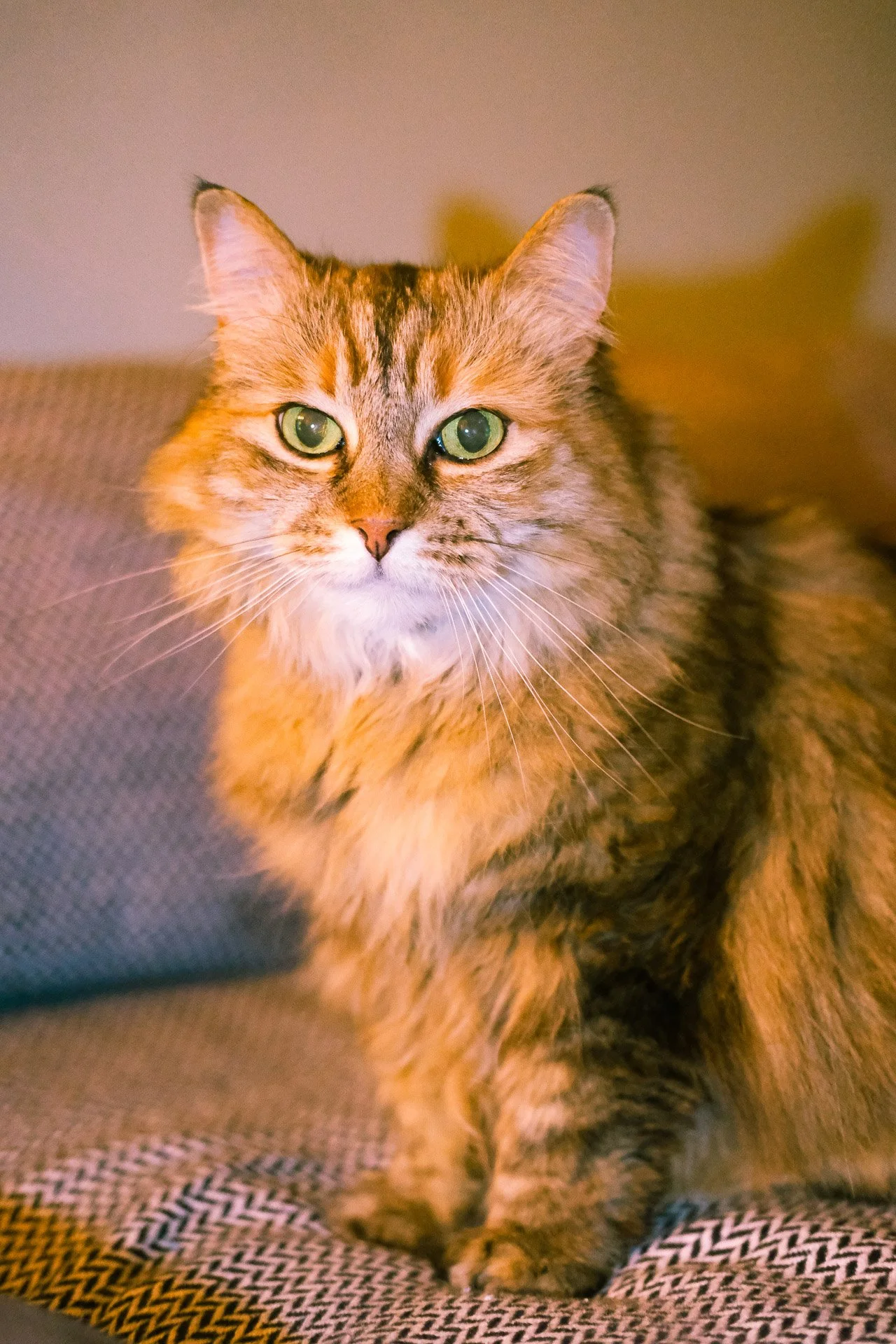
Fixed studio lighting offers benefits and drawbacks. It provides greater control over lighting conditions and disturbs cats less than sudden flashes. However, if cats wander off, you cannot easily follow them with studio equipment. Patience and treats prove invaluable in these situations.
Among these three options, natural light works best. It’s the least intimidating option and allows for creative shots in various lighting conditions.
Best Lens for Photographing Cats
Choosing the right lens presents challenges. Avoid wide-angle lenses that require getting so close you frighten the cat away. Similarly, avoid large telephoto lenses that eliminate the joy of interacting with your subjects.
I recommend using a 50mm or 85mm prime lens. These lenses provide ideal compression for cat portraits, create beautiful bokeh, and maintain the perfect distance—neither too close nor too far.
Signing Off
Cat photography offers tremendous enjoyment, especially for “cat people”, and, for me, the unpredictability adds to its charm. Experiment with these tips to enhance your cat photographs, but also develop your own techniques, perspectives, and approaches to create unique images.
Did you find this cat photography guide helpful? What challenges do you face when capturing cute cat pictures? Let me know in the comments. Thanks for reading!
Want your work featured on Them Frames? Pitch us.
